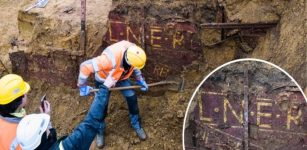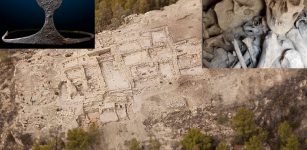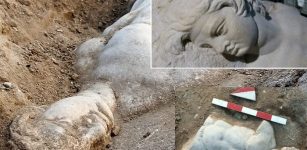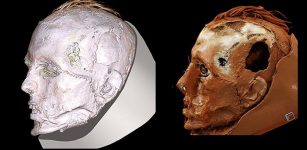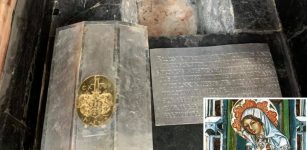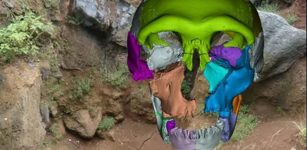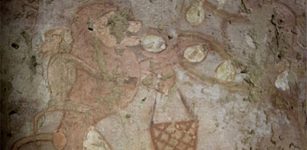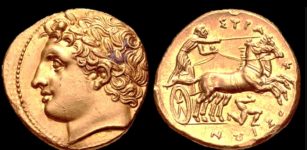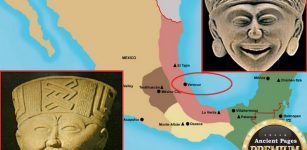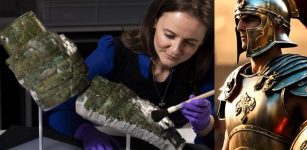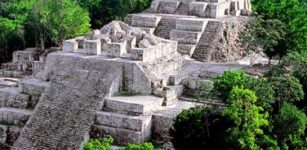3,000-year-old knight discovered at the Palidli necropolis
AncientPages.com - The Archaeology and Ethnography Institute under the Azerbaijan National Academy of Sciences has discovered new archaeological materials during an excavation conducted on the frontline in Azerbaijan’s Agdam region.
The head of the expedition, Hidayat Jafarova, said that the archaeologists found several graves in the Palidli necropolis, located at the region’s Mireshelli village.
According to the research that is currently underway, the graves can be traced back to the XII-XI centuries BC.
One of the graves, which is two meters wide and tall, differs from others in the rich archeological materials found inside.
The corpse in the grave lies curled up on its right side. A bronze belt clings to his waist and three swords hanged from it, demonstrating that the body belongs to a young knight.
The sword’s handle is made from bronze and the blade from iron. In addition, the man has a bronze bracelet and a ring.
Inside the grave the archeologists also found a figure of a horse's head, a bronze medallion and a cudgel, symbolizing that he hailed from the ruling class. Some eight potteries that were buried under the body’s head, shoulder, knee, and foot were also discovered by the archeologists.
The excavations in the Palidli necropolis have ongoing since 2009.
So far, the archeologists have revealed more than 25 burials, where they found a large number of bowls, pots, jars, as well as rings, bracelets, earrings, more than 1,000 agates, and beads of glass and bronze.
The findings indicate that people of different social strata were buried in the necropolis. They show that in the late Bronze and early Iron Ages, people in this territory were engaged in a variety of crafts, including pottery. This proves that the population of Karabakh used iron.
Agdam, a town in the southwest part of Azerbaijan was the scene of fierce fighting during the Nagorno-Karabakh War.
Armenians invaded the majority of Aghdam's territory on July 23, 1993. The Armenian aggressors seized 882 sq. km. of the 1,094 sq. km. of territory, including one city and 80 villages. Some 128,000 people became internally displaced, 17,000 of them were adults
Archaeological excavations conducted in Karabakh have of great importance in terms of the study of Azerbaijan’s ancient history and serve as a worthy response to Armenians attempts to falsify the history of Karabakh.
AncientPages.com



